
Stories of daring, stories of technological feats, stories of prevailing against the odds ... these are the stories we tell at the National Air and Space Museum. Dive in to the stories below to discover, learn, and be inspired.
Showing 71 - 80 of 500

December 21, 2022
The Loving WR-3 was a roadable airplane designed and built by Neal V. Loving, an aeronautical engineer and pilot.
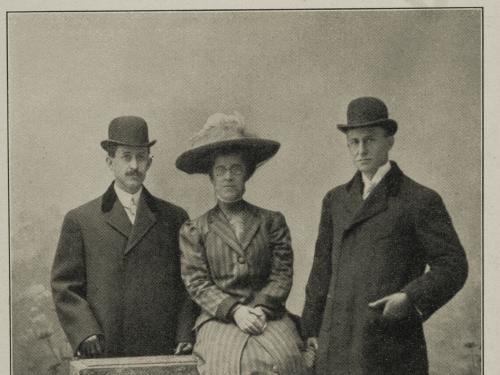
December 20, 2022
The Wrights’ family helped to shape them into the enterprising aeronautical engineers we know them as today.
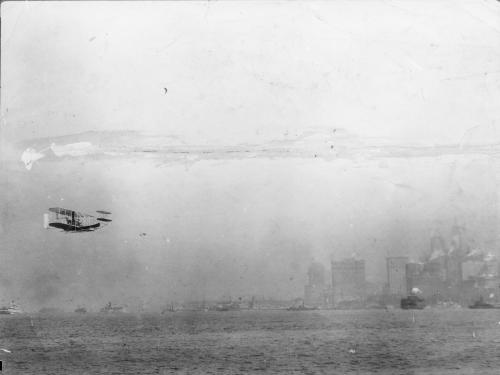
December 19, 2022
If you were the Wright brothers, you would turn your attention not to perfecting your flying skills but securing a patent and finding customers for their groundbreaking invention.
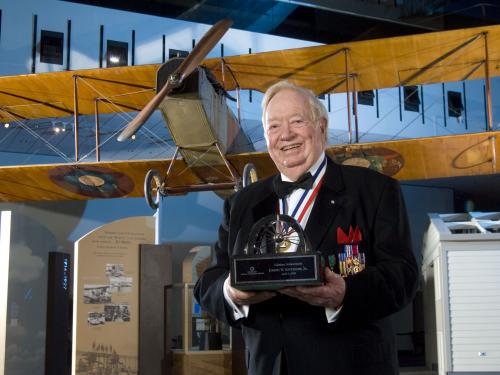
December 13, 2022
Joseph Kittinger Jr. showed undaunted courage, sacrifice, and world-record accomplishments throughout his career and life, and received numerous military and civilian awards and honors. Museum curator Tom Paone reflects on his life and legacy.

December 12, 2022
When the crew of Apollo 17, the last Apollo Moon landing, returned to Earth after their record-breaking mission in December 1972, commander Gene Cernan brought back the pair of lunar overshoes he walked on the surface of the Moon with. The boots that left the last human footprints on the lunar surface now live in the Destination Moon exhibition at the Museum.

November 30, 2022
Just over one week until until a brand new season of AirSpace! But today, we’re excited to bring you a special bonus drop from our friends at the National Portrait Gallery’s podcast PORTRAITS.

October 28, 2022
For more than 30 years this partnership between LSO and naval aviators remained crucial to aircraft carrier landing operations. Almost overnight this partnership changed when jet aircraft altered the calculus of a carrier landing. Soon after, the Mirror Landing System (MLS) was born.
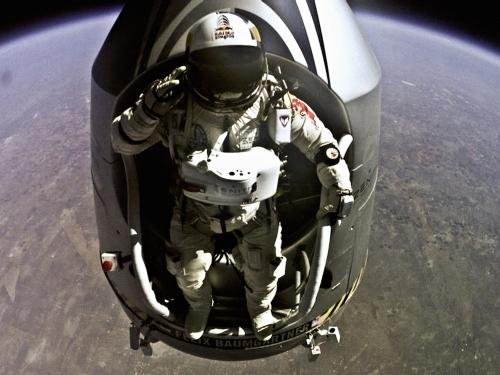
October 26, 2022
It has been 10 years since the high-altitude balloon flight of Felix Baumgartner in the Red Bull Stratos capsule and his exhilarating return to Earth. Baumgartner landed safely back on Earth after 4 minutes and 20 seconds, cementing his place in the history of lighter-than-air flight.

October 19, 2022
To honor his passing at the age of 93, curator Jennifer Levasseur reflects on the life of two-time astronaut Gen. James A. McDivitt and his connection with the Museum.
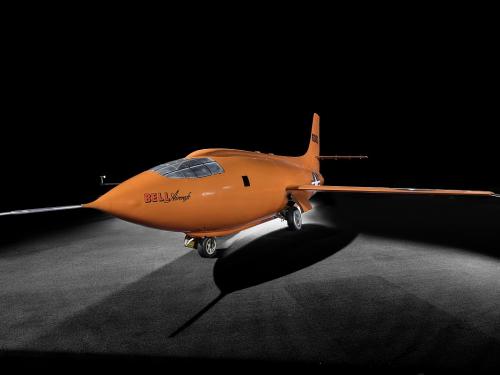
October 13, 2022
Seventy-five years ago, U.S. Air Force Captain Charles E. “Chuck” Yeager piloted the Bell X-1 Glamorous Glennis to become the first airplane to fly faster than the speed of sound (Mach 1).